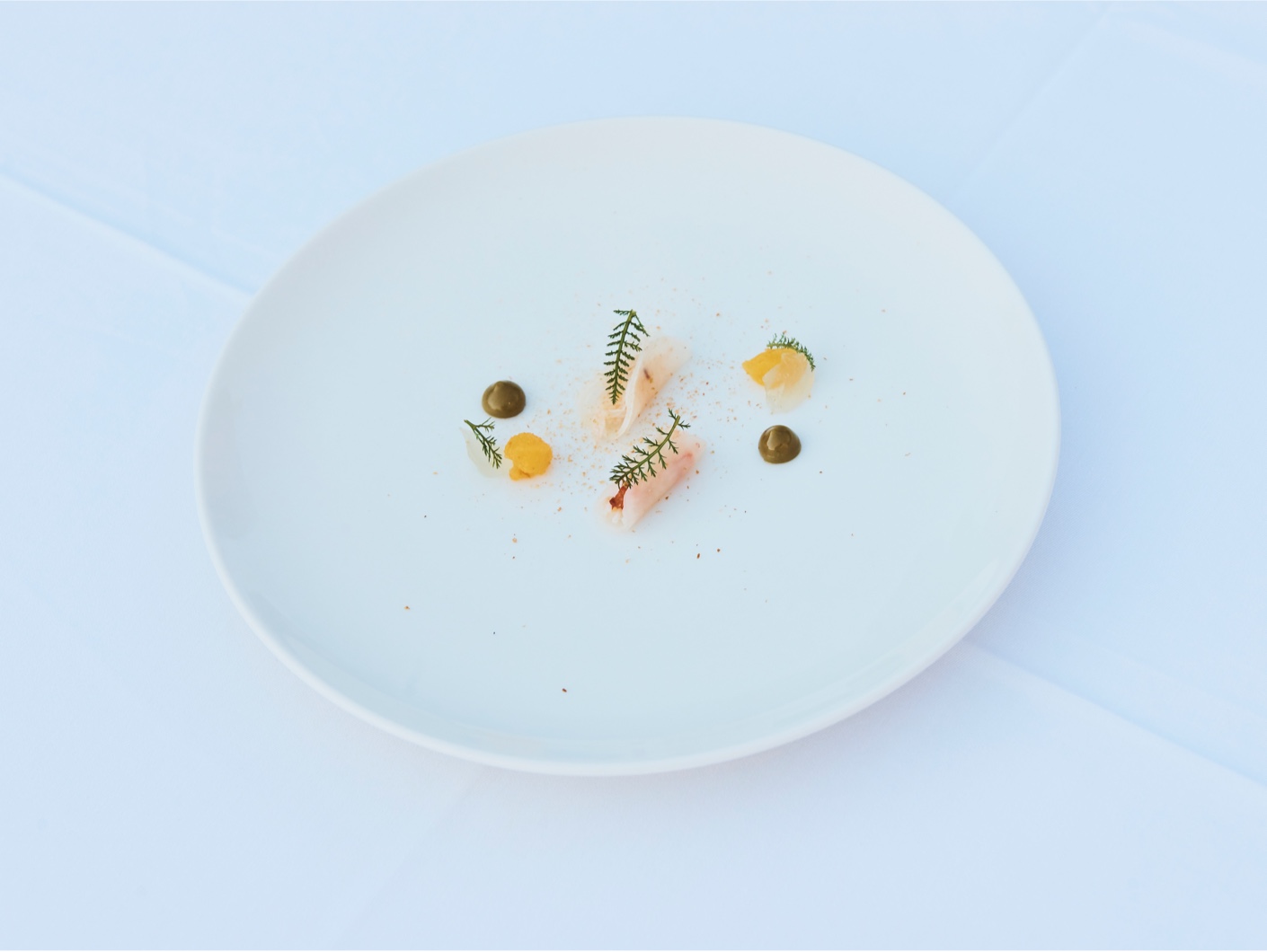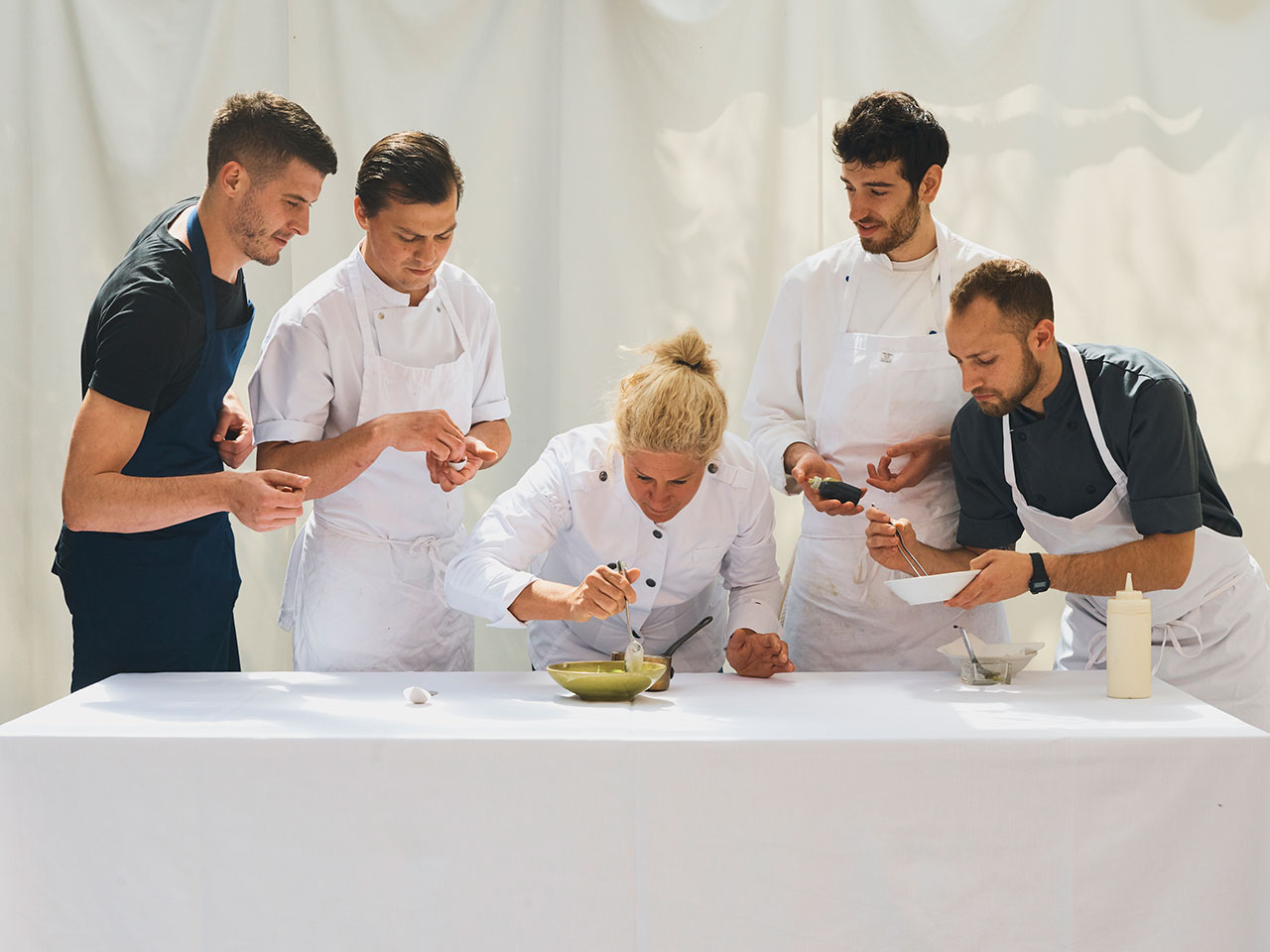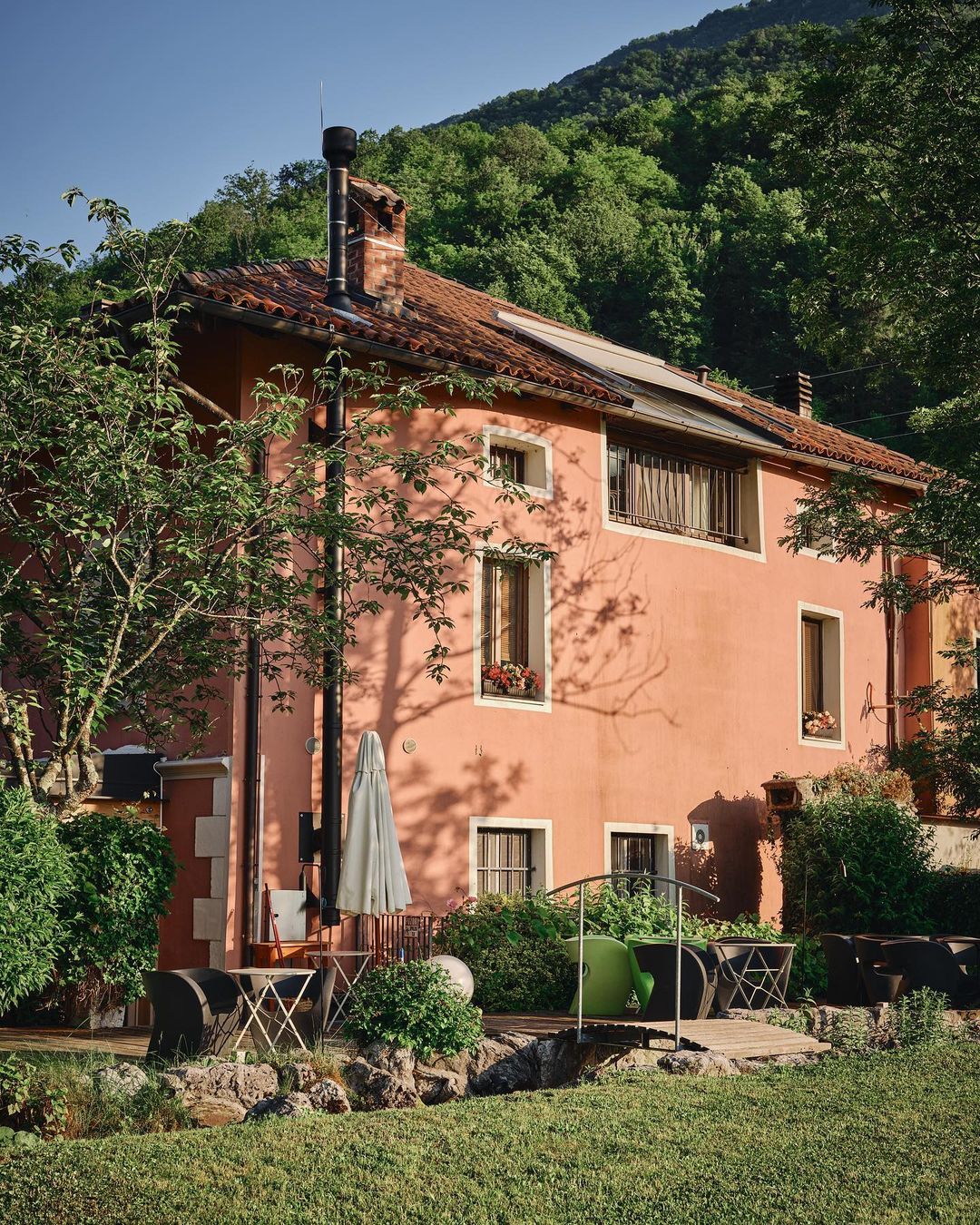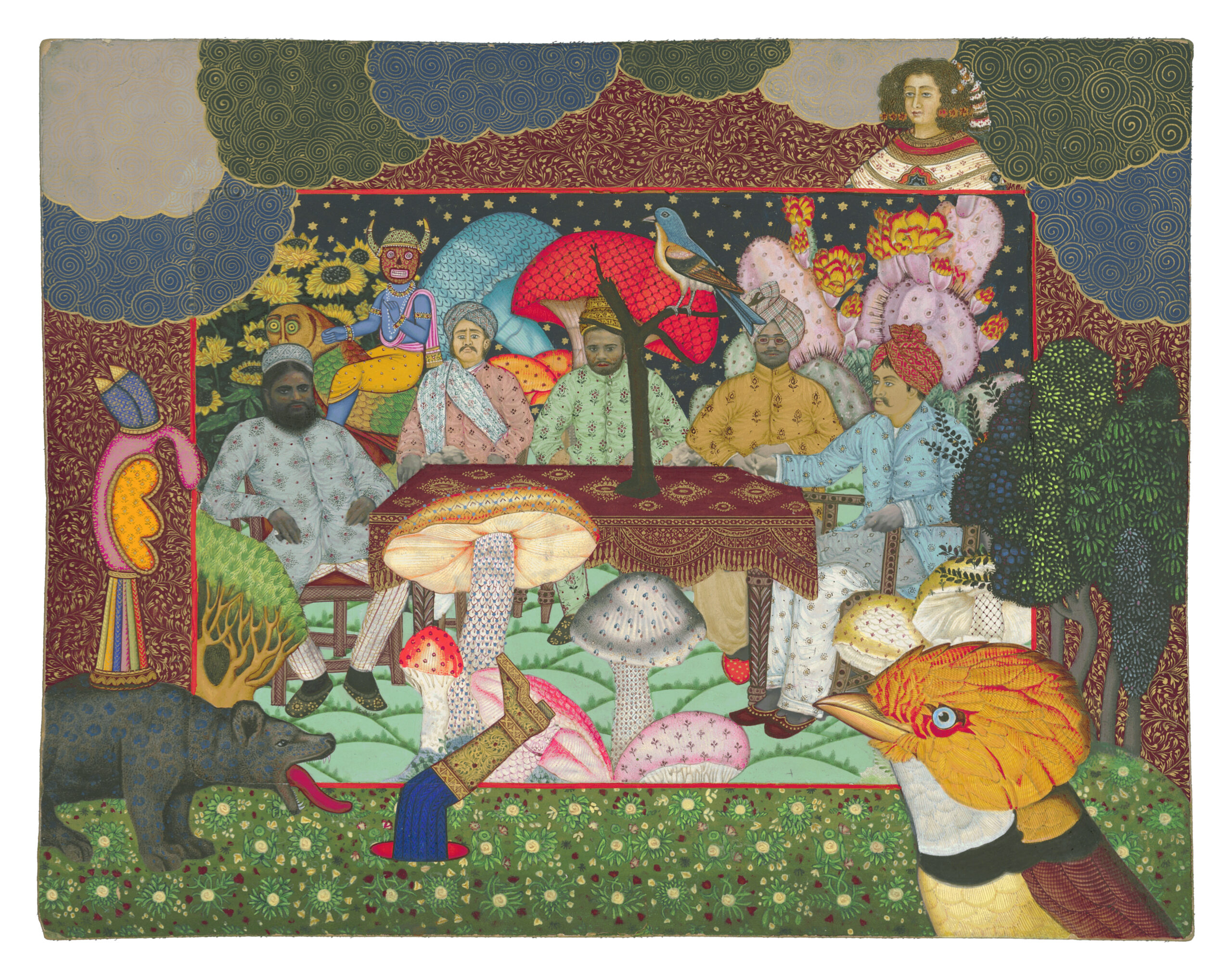Creativity, precision, and experimentation intertwine both cooking and contemporary dancing. Cooking begins with a recipe, akin to a choreographer’s concept. Gathering ingredients mirrors a dancer’s selection of movements, each contributing to the whole. Both involve a series of steps that lead seamlessly. Just as a dancer refines movements, a chef perfects a dish through tasting and adjusting. For Slovenian self-taught chef and contemporary dancer, Ana Roš, the amalgamation of her lived interests, similar to any artist, has shaped her as an individual and a chef. Currently heading Hiša Franko, a restaurant with 3 Michelin stars and a green star for sustainability, in Slovenia, Chef Roš emphasises the need for experimentation and how sustainability works in her kitchen.
“While it might seem unrelated, studying international science and diplomacy gives you a global view of the world. You understand the dynamics of the world, from history and geography to politics and economy, and you also learn to speak many languages. These factors shape your perspective, even regarding food, which is a dynamic aspect of the world,” says Chef Roš, while talking about her education. Ana’s palate was deeply influenced by the theoretical analysis and numerous ideas of her discipline.
Chef Ana Roš with her team at Hiša Franko.
Ana Roš believes that sustainability while cooking isn’t always a natural method; it depends on the approach. However, in a short time, the restaurant industry hasn’t fully embraced sustainability; the term is sometimes overused. Defining sustainability in restaurants involves acting as locally as possible. This means avoiding long transport distances, which also improves the taste of the food. Supporting local communities by buying locally, helps circulate money in the community, by uplifting traditions and livelihoods. “Many chefs today have gardens and understand the natural cycles of plants. Nature isn’t a supermarket, so chefs must respect its limits. For instance, you shouldn’t take more than 20% of plants from nature, or there will be nothing left for the next year,” says Chef Roš.
In Ana’s household and restaurant, everyone participates in gardening and gathering. When spring arrives, they gather dandelions to make salads. As elder blossoms, they make syrup to mix with water for refreshing summer drinks. “Currently, we’re gathering wild ransoms, which are wild garlic, and everyone is also collecting mushrooms,” Chef Roš says, extending her thoughts about her kitchen.
(L-R) Golden Mackerel on a plate; Facade of Hiša Franko
This consciousness is reflected in the cuisine and the menu at Hiša Franko. The originality and flavour of the products are exceptional because they haven’t travelled far and are sourced from nearby ecosystems. The greenery adds to the flavour, creating something unique. While Scandinavia may have a similar approach, the region in the Franco-Soto Valley has a distinct advantage. “We are situated where the Alpine world meets the sea, offering a beautiful geographical blend. This results in a unique climate pattern with abundant rainfall, which explains our lush greenery. Despite being in the Alps, we are just 35 kilometres away from the Mediterranean Sea, so it rarely snows. These factors greatly influence the quality of our ingredients,” emphasises Ana, about the surrounding environment and how these factors influence the evolving menu at Hiša Franko. While the menu remains seasonal, it also celebrates the diverse flavours and offerings that nature presents, integrating them to elevate the dining experience.
When asked about a creative slump in the kitchen, Ana admits that she used to be apprehensive about these breaks because she relied heavily on her creativity. Creativity was, and still is, her strong suit, often overshadowing her technical skills. Now, with a fully structured kitchen and a team behind the chef, there’s a balance. “The food is perhaps less rock’n’roll and more balanced due to the technicality, but creativity still drives me. I have many patterns in my head now, so even if I feel stuck in a creative blackout, I can find an exit using these patterns,” says the Chef.
Ana Roš continues to push the boundaries of culinary artistry at Hiša Franko, weaving together her diverse interests. Her attainment of 3 Michelin stars and a green star for sustainability at Hiša Franko demonstrates her culinary excellence and underscores her dedication to sustainable practices in the culinary world. Her commitment to local sourcing and reducing food waste is commendable, setting a high standard for chefs worldwide. Ana’s cooking approach, shaped by her diverse interests, reflects a profound understanding of global dynamics, establishing her as a trailblazer in sustainable gastronomy.
Words by Esha Aphale.
Image courtesy Ana Roš and Hiša Franko.







